Human-centered design principles lay foundation for partnership discussions
Districts involved in the Consortium’s Career Ready initiative convened this week with representatives from business and higher education to develop models for partnerships.
Using human-centered design principles at a March 15 meeting, they worked in groups to flesh out “personas” of students in several age groups and as well as companies and colleges that could partner with schools. The discussions focused on addressing needs that might make partnerships beneficial to each persona.
Career Ready was designed to help schools expand career awareness and preparation opportunities for students. In doing so, it’s also expected to contribute to workforce development, a critical concern for employers facing Baby Boom retirements or skill gaps among applicants.
Community partnerships can support career awareness and preparation in various ways. For example, some might help kids get exposure to different careers, through job-shadowing, site visits, internships or other means. Additionally, they can offer opportunities for hands-on learning or development of soft skills needed in the workplace. Partnerships also can help educators become more familiar with regional employment needs and employer expectations.
The Consortium already has begun creating some models for partnerships through its own programs, including Student Powered Solutions, College & Career Knowledge and The Future Is Mine (TFIM).
Under Career Ready, the goal is to expand partnerships among schools, businesses and post-secondary schools.






